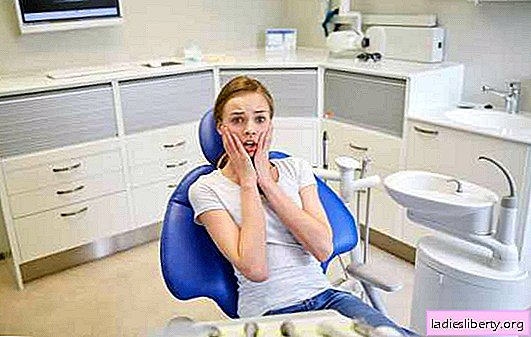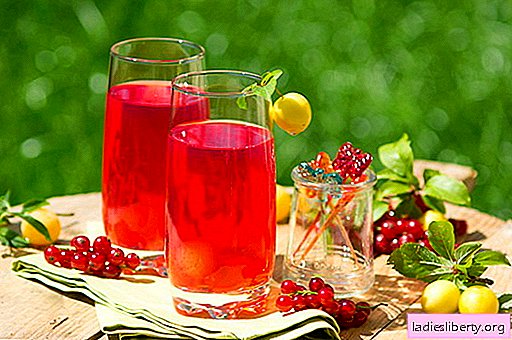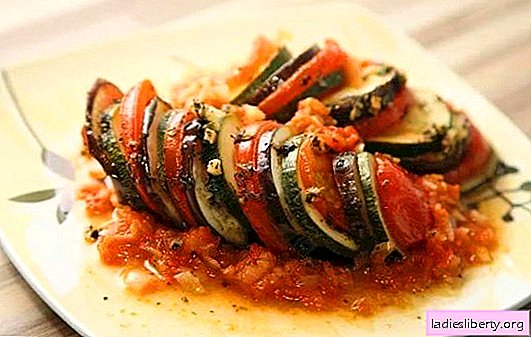
Periodontal disease is an outdated medical term that denotes a deep inflammatory lesion of the peridental tissue. The disease destroys the connective tissue and jawbone and, if left untreated, leads to tooth loss. The best long-term prevention of periodontal disease is thorough and regular brushing.
What is periodontal disease and why does it occur?
Poor or improper oral hygiene is considered the most common cause of periodontal disease. It allows bacteria to settle on the gum line and cause inflammation. Pathogens attack the jaw and periodontal structures.
Other factors affecting the development of periodontitis:
• Hereditary predisposition;
• Primary or secondary immunodeficiency;
• Diabetes mellitus (especially in diabetics with poorly regulated blood sugar levels);
• Pregnancy (connective tissue, weakened by hormones, increases and facilitates the penetration of bacteria into periodontal pockets);
• Smoking: smokers are 4-6 times more likely to suffer from periodontal disease than non-smokers because their gums are poorly perfused;
• Mental disorder;
• An unhealthy diet.
According to experts, 4 out of 5 adults (80%) suffer from periodontal disease during their lifetime. This is one of the most common infectious diseases. Together with gingivitomarodontosis is the main cause of tooth loss.
Periodontal disease, treatment at home which is ineffective, requires long-term antibacterial and surgical therapy. The main goal of medical therapy is the removal of gum pockets and the elimination of the clinical manifestations of the disease.
Periodontal disease - treatment at home: herbal remedies
1. Mix the crushed goose cinquefoil with plantain, pour boiled water and leave to brew for 3 hours. Then rinse your mouth and repeat the procedure 2-3 times for 7 days.
Doctor's comment: the plant contains tannins, bitter substances, mucus, flavonoids and choline. They mainly have astringent, antibacterial and analgesic effects. Other ingredients are anthocyanidins, hydroxycoumarins, phenol carboxylic acids, polyphenols and phytosterols.
Goose cinquefoil is used to treat diarrhea, bleeding and inflammation of the oral mucosa and gums. The anti-inflammatory effect is not well documented; the corresponding ingredient was not found for it. It is traditionally believed that the drug has anticonvulsant properties, so it is often used even in ready-made drugs to eliminate painful menstrual bleeding.
The recipe is clinically unverified, so it’s impossible to say whether it will help with periodontal disease.
2. 4 drops of tincture of golden mustache mixed with water and taken 1 time per day. Repeat the procedure for 3 weeks.
Doctor's comment: leaf extract effectively inhibits the propagation of HSV-1, HSV-2 and ACV under invitro conditions. Alcoholic extract, unlike water, was, however, ineffective against viral diseases. Direct interaction with viruses and blocking their access to host cells is the main mechanism of action.
Periodontal disease is caused by bacterial infections in which antiviral drugs are ineffective. Long-term use will bring neither benefits nor tangible harm. The recipe is useless.
3. Mix the flowers of the three-colored violet with motherwort, pour hot water and take in the form of tea every day until the inflammation disappears.
Doctor's comment: flowers are composed of glucose, galactose, arabinose, ramnose, tannins and salicylic acid. They also contain flavonoids - quercetin, luteolin and rutin.
Anthocyanidins and coumarins have a pronounced hemolytic effect. Wild violet does not contain, contrary to earlier links, saponins. Coumarins can enhance the effect of anticoagulants and cause uncontrolled bleeding. Especially in combination with acetylsalicylic acid, flowers can pose an immediate threat to human life. If the patient is taking aspirin, the prescription is dangerous.
4. Burdock.
Doctor's comment: burdock is used to treat psoriasis and eczema. The plant also promotes digestion and helps with anorexia nervosa. The anti-inflammatory effect was not detected neither in vitro nor in vivo. External use does not accelerate the healing of wounds and ulcers.
Burdock will not be useful for long-term use, since there are no clinically effective substances. Treating periodontal disease at home with a burdock is akin to using an empty pill: it soothes, but does not bring any effect.
Periodontal disease - home treatment: food
1. Honey with sea salt.
Doctor's comment: sea salt does not differ clinically significantly from table salt, contrary to common misconceptions. When applied locally (if it is infected with bacteria), honey can aggravate periodontal disease.
According to the Mayo Clinic and Australian professor Bruce Neal, the health effects of sodium chloride are independent of the type of salt used. Sea salt, despite the inclusion of additional chemical compounds, still largely consists of sodium chloride, the excess of which has an adverse effect on periodontal disease. An analysis of the chemical composition shows that sea salt in doses corresponding to daily intake cannot be considered a significant source of almost any healthy micro- or macroelements.
Sea salt contains only a small amount of iodine, a chemical element necessary for the proper functioning of the body. In Europe and Russia, each salt intended for consumption in a package of not more than 1 kg should be enriched with iodine.
2. Rub the gums with olive oil before bedtime.
Doctor's comment: Epidemiological studies show that a higher proportion of monounsaturated fatty acids in the diet is associated with a reduced risk of periodontal disease. Olive oil contains more monounsaturated fats, mainly oleic acid.
Previous studies show that consumption of olive oil has anti-inflammatory antithrombotic, hypotensive and vasodilator effects in humans and animals.
However, other clinical data show that it is the phenol content in olive oil, and not fatty acids, that causes anti-inflammatory effects. A study published in 2005 compared the effects of various types of olive oil on periodontal disease. The subjects were given 60 g of isolated polyunsaturated fatty acids and 40 milliliters of olive oil every morning for 2 days.
Researchers have concluded that unsaturated fatty acids do not prevent inflammation in the oral mucosa. However, certain varieties can reduce inflammation. Oil does not act on the root cause (bacteria and gum pockets), therefore it is ineffective.
3. Sauerkraut.
Doctor's comment: sauerkraut is rich in lactic acid, vitamins A, B, C and minerals. Cabbage has a relatively low physiological calorific value of about 80 kJ / 100 g (19 kcal / 100 g). It is practically fat free. The concentration of carbohydrates is from 3 to 4%, and protein compounds - 1-2%.
The histamine in cabbage can cause digestive problems. Large doses can cause severe diarrhea. The recipe is dangerous because cabbage can become a breeding ground for cariogenic bacteria.
4. Viburnum juice.
Doctor's comment: bark, leaves and unripe fruits contain oxalates, saponins, tannins, bitter substances, pectin and viburnin glycoside.
Viburnum is a very toxic substance, especially in combination with Hypericum perforatum. However, the literature contains a lot of conflicting data. It is not recommended to use the plant against periodontal disease, since the therapeutic effect has not been proven, and potential harm can aggravate the state of health.
Periodontal disease - treatment at home: gymnastics
1. Chewing thin oak or spruce twigs.
Doctor's comment: Continuous chewing strengthens the masticatory muscles, but may contribute to the grinding of enamel. Often, plants are infected with fungi, protozoan microorganisms and bacteria. The introduction of an additional infection may increase periodontal disease. It is recommended to refuse the prescription.
Treatment of periodontal disease at home is an ineffective and dangerous activity. If any signs of gum disease appear, you should consult your dentist. Timely removal of pockets and clinical manifestations increases the chances of a full recovery.











